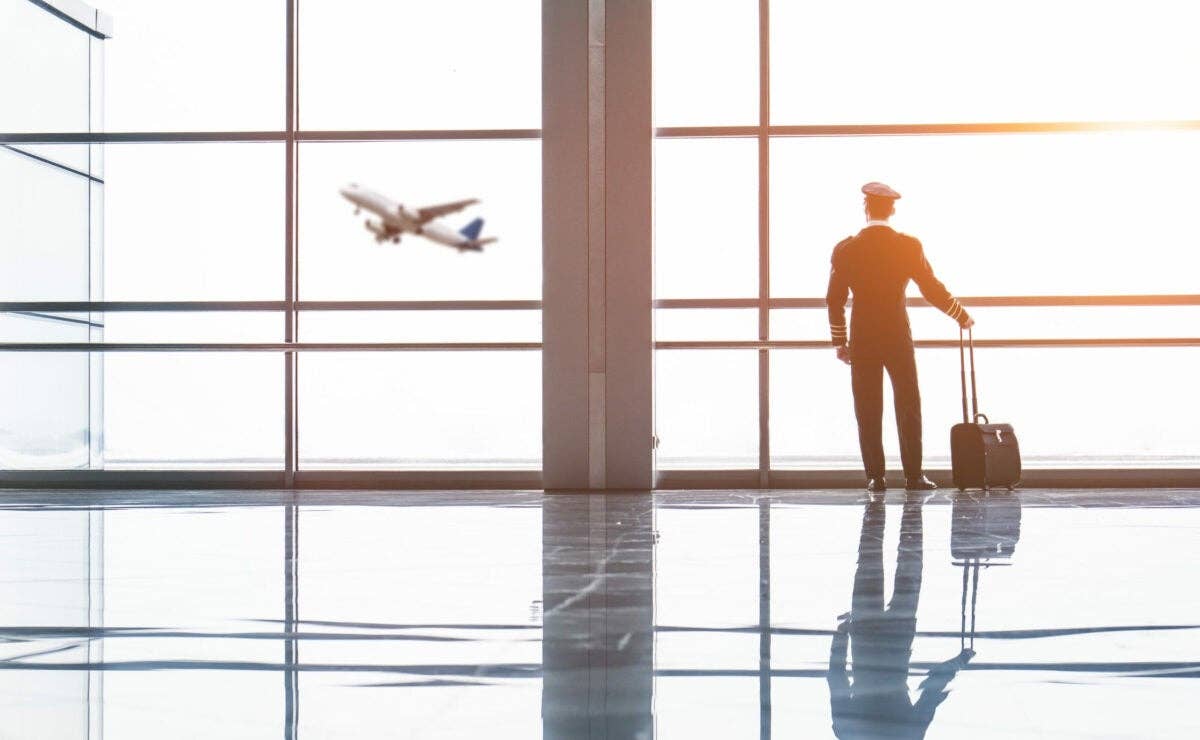New Hampshire Airport Is a Gateway to Hidden Culture
Airport and town have dealt with decades of industrial, economic, and cultural changes.

Granite Air Center, the FBO at Lebanon Municipal Airport,, offers a range of aircraft services and range of ground transport assistance. They even have a crew car. [Courtesy: Granite Air Center]
After weeks of sketchy weather that kept us grounded, last Saturday’s forecast offered clear skies and favorable winds. So my wife and I packed the Commander 114B with care packages and headed to New Hampshire to deliver them to our college-freshman son. We also treated him to lunch and caught up a bit.
The ability to make this type of trip was a big part of the case we made for buying an airplane. Driving from home in northern New Jersey to see our son in Hanover, New Hampshire, typically takes about five hours each way. Flying direct to neighboring Lebanon (KLEB) at 145 to 150 knots true cuts that to an hour and 20 minutes plus a five-minute cab ride. Without rushing, we could complete the mission in a day and be home for dinner.
There is so much more to flying than saving time, however. Making the trip in our own aircraft brought joy in numerous forms, from looking down on slow-moving highway traffic to using some of our region’s best ski mountains as visual waypoints to guide us. Yes, there are GPS options on the panel, but this was an especially rewarding pilotage opportunity. After spotting Stratton, Killington, and Okeemo, we slipped past Mount Ascutney, which meant it was about time to call the tower.
We could hear another aircraft approaching Lebanon—a Cessna 402 from Cape Air, the domestic airline serving mostly New England destinations. We spotted each other shortly after, and the controller had us follow the Cessna, which can be a bonus at an unfamiliar airport.
Approaching Runway 25, we had the benefit of a 10-knot headwind, resulting in a landing that seemed almost ridiculously short on the nearly 5,500-foot strip. Like many airports developed around the time of World War II, Lebanon was designed with airlines in mind. Northeast Airlines began flying Douglas DC-3s there in the late 1940s. The main runway was lengthened in 1960 to accommodate commercial carriers using Douglas DC-6s and similar airliners. In the early 1970s Delta operated turboprop service to New York’s LaGuardia (KLGA) and Kennedy (KJFK) airports.
As the nature of air travel changed, many airlines stopped using airports like Lebanon, which has more of a GA focus today, though Cape Air still offers connections with partner airlines for longer trips. But we found the greater Lebanon area to be a destination on its own. The following are a few of the attractions for which we plan to return soon.
Lebanon Opera House
Like a number of old opera houses serving small communities, Lebanon’s version, built in 1924, began as a vaudeville theater, was converted to a movie theater, and has survived brushes with death. Today the 800-seat venue hosts a range of performing arts productions. The March schedule includes the musical Anything Goes, Ladysmith Black Mambazo, David Sedaris, and more.
Northern Rail Trail
Rail trails are a great way to explore and learn more about an area’s history. For pilots, they make a strong case for lightweight folding bicycles that fit easily into the baggage compartments of many small aircraft. This trail runs southwest from Lebanon for 58 miles to Boscawen, passing numerous towns and a broad range of scenery along the way.
Dartmouth College/Appalachian Trail
Nearby Hanover is home to Dartmouth’s compact, picturesque, and easily walkable campus that appears to be a postcard model of how a New England college is supposed to look. The area is ideal for outdoor activities, from swimming or kayaking in the adjacent Connecticut River to hiking the Appalachian Trail, which happens to cut through campus.
White River Junction, Vermont
Driving into this town across the river and a few miles south of Lebanon, you will know right away how it got its name. A bunch of railroad tracks converge, many of which are still active. A regional freight train may pass through, followed a few minutes later by an Amtrak passenger train. The rail station doubles as a museum and is part of an interesting historic district that includes a number of hotels, restaurants, shops, and galleries.
Mount Ascutney
Once a bustling ski resort with an impressive network of chair lifts, Ascutney in West Windsor, Vermont, fell on hard times and closed over a decade ago. The surrounding community took over and transformed the place into a hub for backcountry skiers and other outdoor enthusiasts. This new approach to a ski destination had the unexpected result of attracting new residents and businesses to the area.

Subscribe to Our Newsletter
Get the latest FLYING stories delivered directly to your inbox






